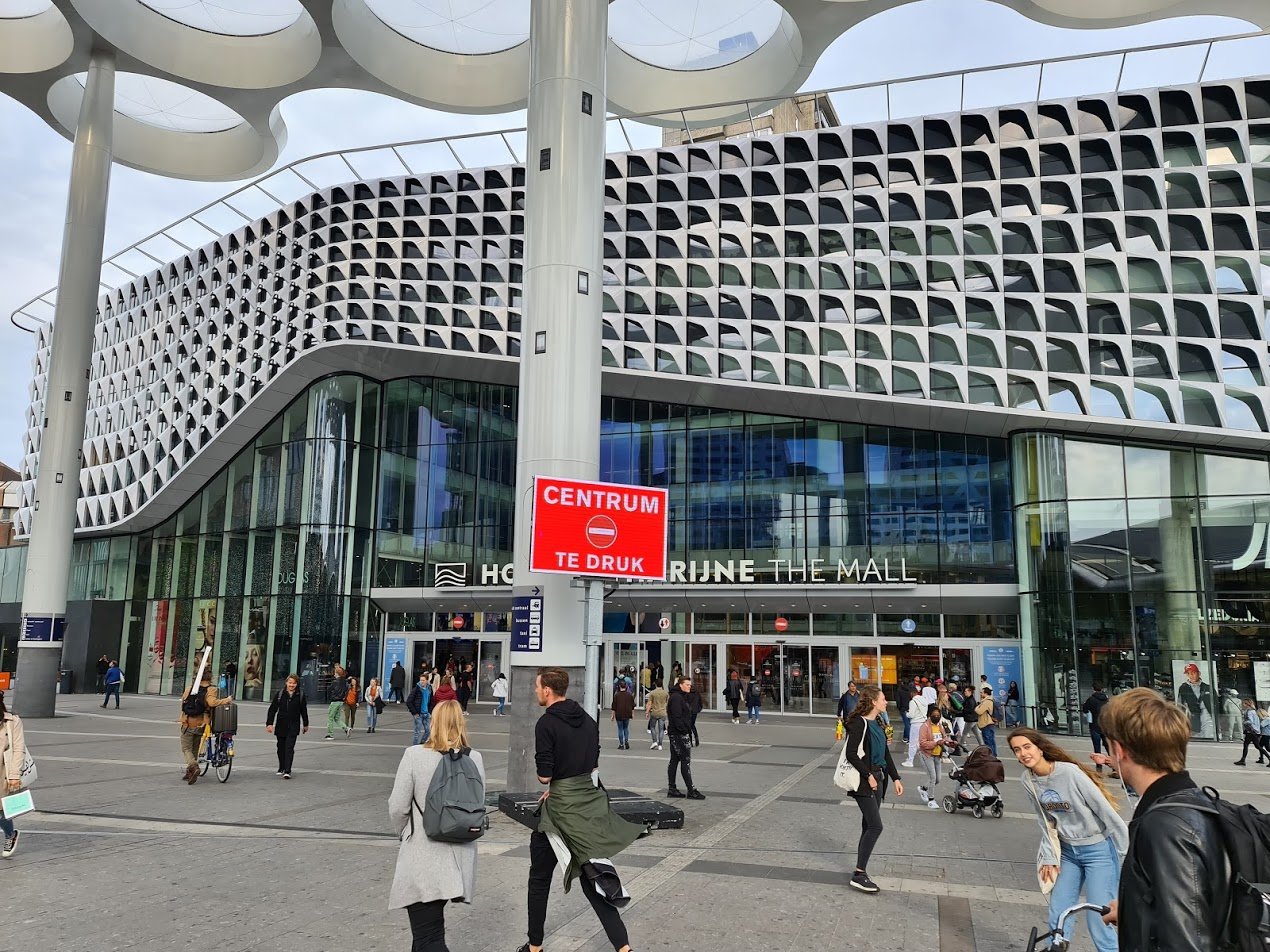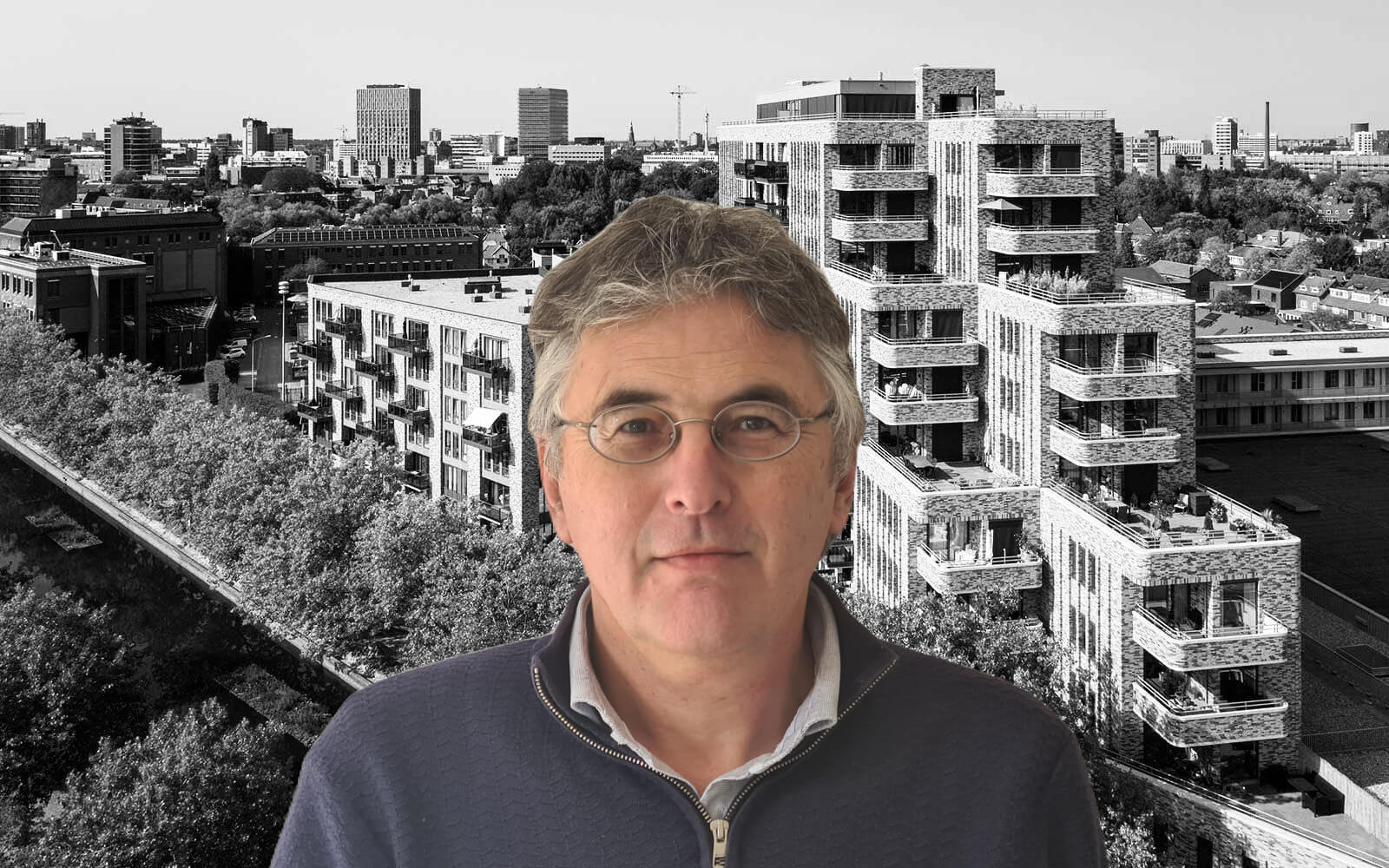
The ground level of a building, the part that you can see most clearly from the street as a pedestrian, attracts a great deal of attention. The eye-level area of a city is also referred to as the plinth. In urban renewal, an active plinth is especially coveted. People envisage a colorful long strip filled with eye-catching economic and public facilities, preferably interspersed with distinctive forms of housing and work that liven up the city.
An active plinth, which in densely urban areas ideally moves dynamically over several floors across buildings, helps streets and squares to work well, given that the plinth acts as an extension of the public space. To do this, it needs to have generous floor heights, be geared towards the public space, have plenty of entrances and be visually distinct from the buildings above it. An extra bonus is an area with a unique identity.
Hustle and bustle
In this respect, initiating a plinth amounts to a tempting spatial planning strategy -due to the quality of the living environment being highly dependent on public facilities and the surrounding hustle and bustle. According to the Netherlands Bureau for Economic Policy Analysis (Centraal Planbureau, CPB), families and households consider a diverse range of high-quality goods and services as one of the most compelling arguments for choosing a city. A pleasant and attractive public space is consequently extremely important if you want to be, and remain, a thriving, vibrant city. It is precisely these characteristics that draw new residents and visitors. And areas that are already visited by a lot of people naturally attract other people. After all, people want to look and be looked at, bump into and meet each other.
But filling all those plinths up with appealing places is by no means easy. Programs for this are needed in lots of locations. How do you go about doing that? That’s something that people tend to struggle with. Apart from stores for daily groceries, it’s not so simple to find unique (often rare and not necessarily profitable) baristas, studios, workshops, maker spaces, artisans, florists, café owners, creative industrialists, yoga studios and physiotherapists, to name just a few of the current shop and service filler trends.
Market master
Also, once you have unearthed them, how do you manage to keep everything under control, and can you be assured of a consistent range over the long term? An alternative to this that doesn’t garner much attention is the idea of transferring the ownership, management and utilization of plinths to an organization that has been specially set up for a plinth. This could be a company, a foundation or a public-private partnership that makes a reasonably dividable plinth space available for a wide variety of uses. The plinth organization is then in charge of allocation and programming the entire planning zone and is therefore able to settle for lower revenues in the interest of society as a whole. Plus, not insignificantly, it can function as a market master that brings users together and responds to trends and new concepts as well.
Read more about plinth strategies in the Netherlands.







